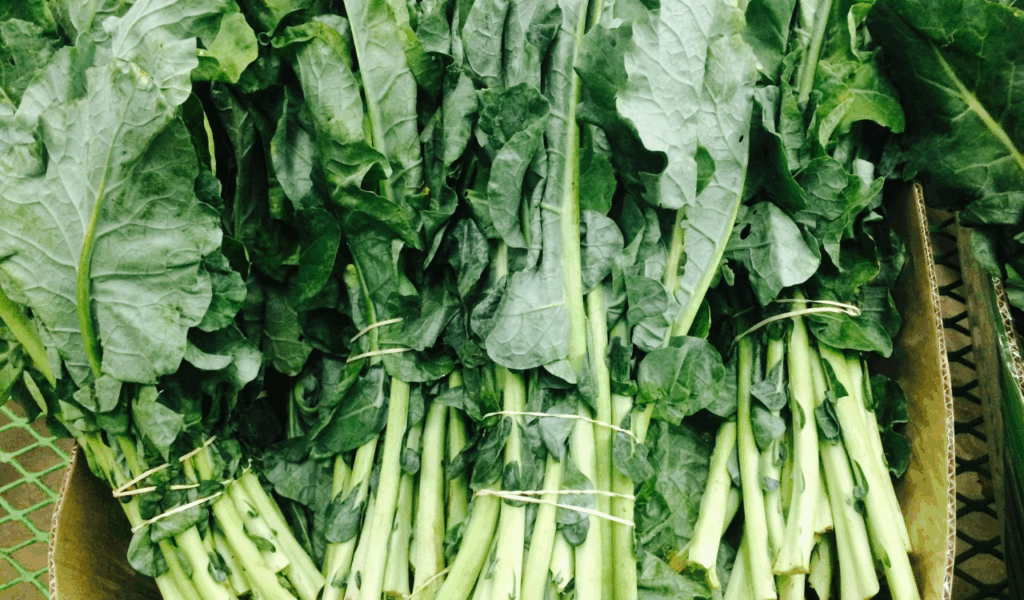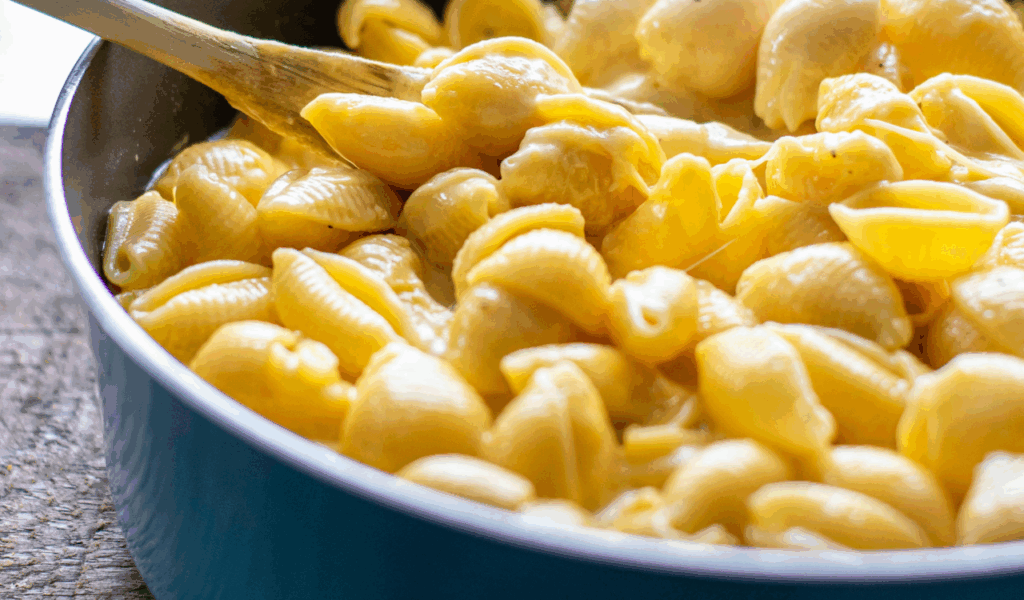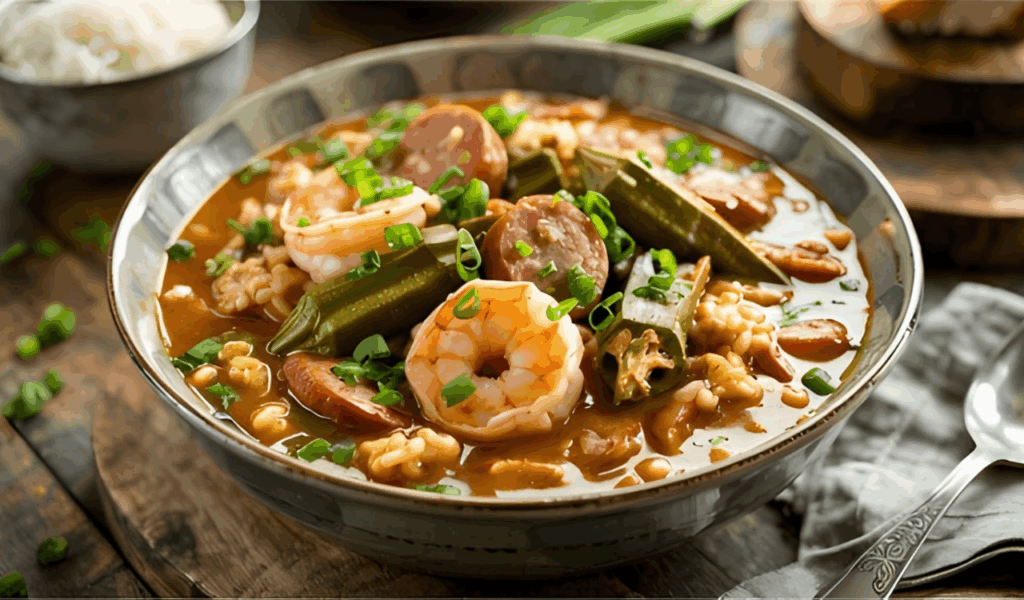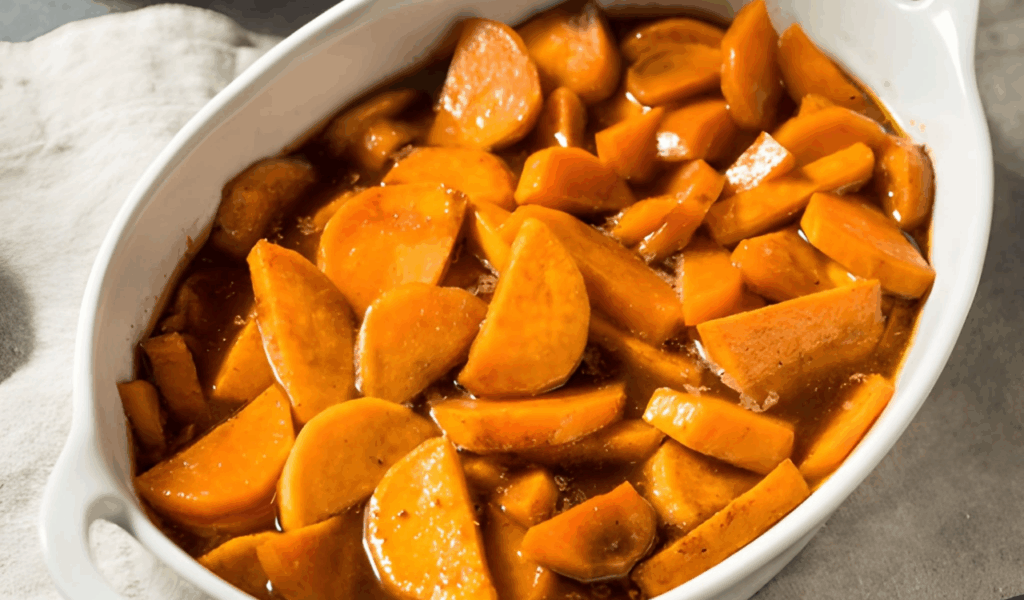10 Soul Food Dishes with Regional Roots and Migration Stories

Soul food is more than simply comfort food; it’s a living history of how African Americans have been strong, creative, and shared their culture. These foods convey stories of moving, adapting, and surviving from the Deep South to cities all throughout the U.S. People passed down recipes through slavery, the Great Migration, and beyond, and each one changed with time. Here are five popular soul food dishes that show how Black culture, regional influences, and journeys have affected American culinary as we know it today.
1. Fried Chicken

Fried chicken became a symbol of soul food when African cooking methods were mixed with Southern components. Enslaved Africans brought the custom of deep-frying seasoned meat in palm oil, while European settlers taught people how to raise chickens. Over the years, the food changed into a crispy, spicy treat that moved north during the Great Migration. Fried chicken became a symbol of togetherness and celebration in Black America thanks to church gatherings, Sunday dinners, and family reunions.
2. Collard Greens

Collard greens convey a story of survival and change. Before collards took over in the American South, greens like cassava leaves were common in West Africa. People who were enslaved gently cooked them with smoked meats to make “pot likker,” a nutrient-rich soup that is still loved today. As African Americans went north, collard greens still stood for food, unity, and pride in keeping cooking traditions alive that focused on making food taste good with what you had.
3. Macaroni and Cheese

Macaroni and cheese is typically thought of as comfort food, but it has strong origins in African American culture. Thomas Jefferson’s enslaved chef James Hemings brought the meal to America. He learned how to make French food, which gave it a European touch and a soulful depth. During segregation, baked mac & cheese was a favorite at church functions and Sunday dinners. The creamy creaminess and baked crust stood for warmth, friendliness, and innovation in hard times. It later became a culinary staple in many areas.
4. Black-Eyed Peas

Black-eyed peas stand for luck, hope, and not giving up. They came from West Africa and became an important crop in the South during enslavement. They became meals like Hoppin’ John when they were cooked with rice, spices, or smoked meats. Eating black-eyed peas on New Year’s Day is a ritual that has been passed down through generations and is thought to bring good luck for the coming year. Their move north made them a reassuring reminder of their Southern ancestry and the cultural faith that has lasted through the years.
5. Cornbread

Cornbread is a mix of Native American and African foods. It uses materials from the land and African cooking methods. Early recipes called for ground maize and water to be roasted over open flames. These methods were taken up by enslaved Africans, who added their own flavors to them. This led to the buttery, skillet-baked variants that are appreciated all over the South. When African Americans moved to northern cities, cornbread came with them. It changed to sweeter, cakier forms that nonetheless remind people of the warmth of Southern meals.
6. Gumbo

Gumbo is a mix of African, French, Spanish, and Native American cultures. The phrase itself probably comes from the West African word for okra, “ki ngombo,” which is one of the main ingredients in gumbo. Okra came to the Americas with enslaved Africans. It thickened stews made with local seafood, sausage, and spices. Gumbo started in Louisiana and became a cuisine that mixed several cultures. African Americans took it with them and changed it as they moved, showing how different cultures can come together in one pot.
7. Sweet Potato Pie

African cooks changed European custard pies by using sweet potatoes instead of pumpkin. The root vegetable did well in Southern soil and became a staple in Black cooking. It became a Christmas favorite because of its natural sweetness and the addition of nutmeg, cinnamon, and vanilla. As families moved north, sweet potato pie took the place of pumpkin pie on many tables. It was both a dessert and a way to remember their ancestors.
8. Catfish

People loved catfish as soul food because it was cheap, plentiful, and easy to cook. People in the Mississippi Delta and rural South who were African American grabbed it fresh from rivers and ponds and then fried it in cornmeal until it was crispy. As people went north, they brought this meal with them and opened fish fries in towns like Chicago and Detroit. Catfish is a perfect example of how simple ingredients can make a dish extraordinary. It strikes a balance between survival and celebration.
9. Candied Yams

African yam cuisines that focused on natural sweetness led to the creation of candied yams. In the United States, enslaved Africans learned to use sweet potatoes instead of real yams by boiling them with sugar, butter, and spices. This change made something that was needed into something that was customary. Candied yams became a favorite side dish for festivals and Sunday feasts over the years. They are a symbol of both heritage and comfort. Their golden glaze and caramelized smell tell the narrative of how creative cooking can help people get through tough times.
10. Chitlins (Chitterlings)

Chitlins are pig intestines that have been cleaned, cooked, and seasoned. They came up during slavery when enslaved people made the most of animal parts that were thrown away. Chitlins started off as simple food, but they became a symbol of survival and pride. Families would get together to clean and cook them, making the process a group activity. Chitlins are contentious in taste, but they have a lot of importance as a link to history and a symbol of resilience and unity among African American communities.





